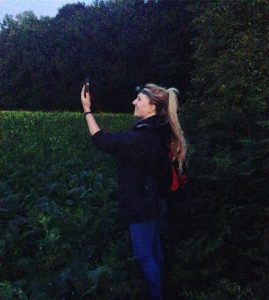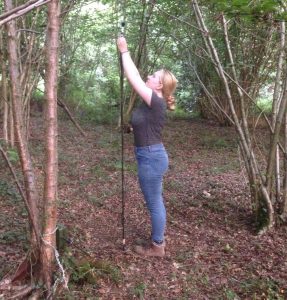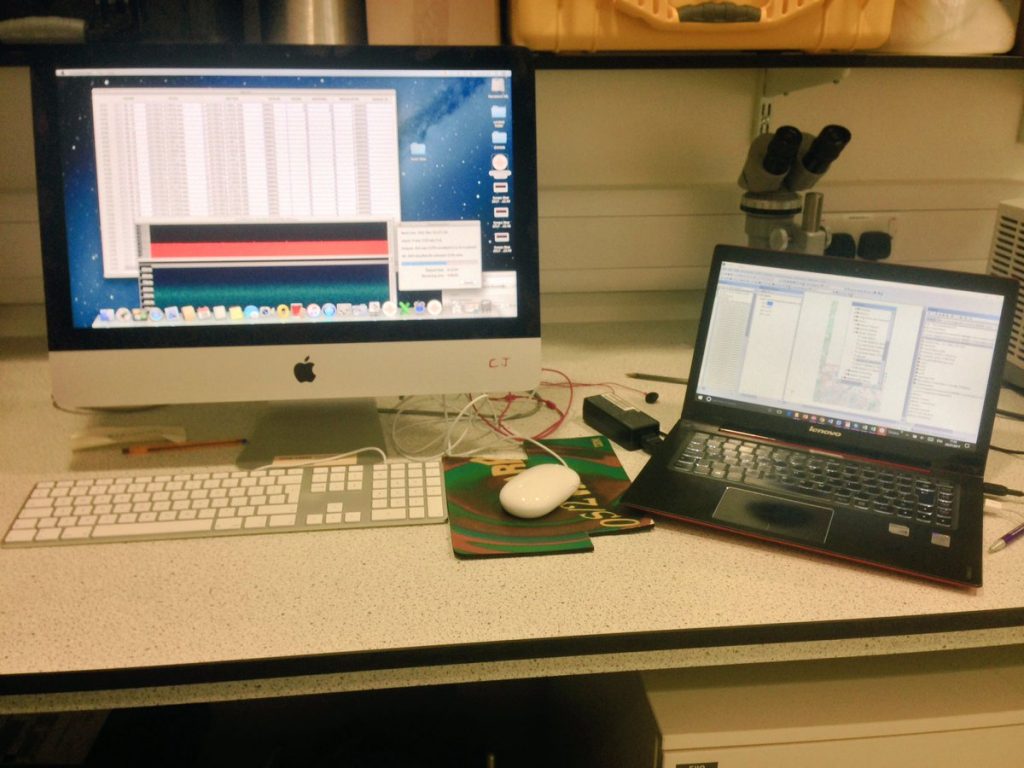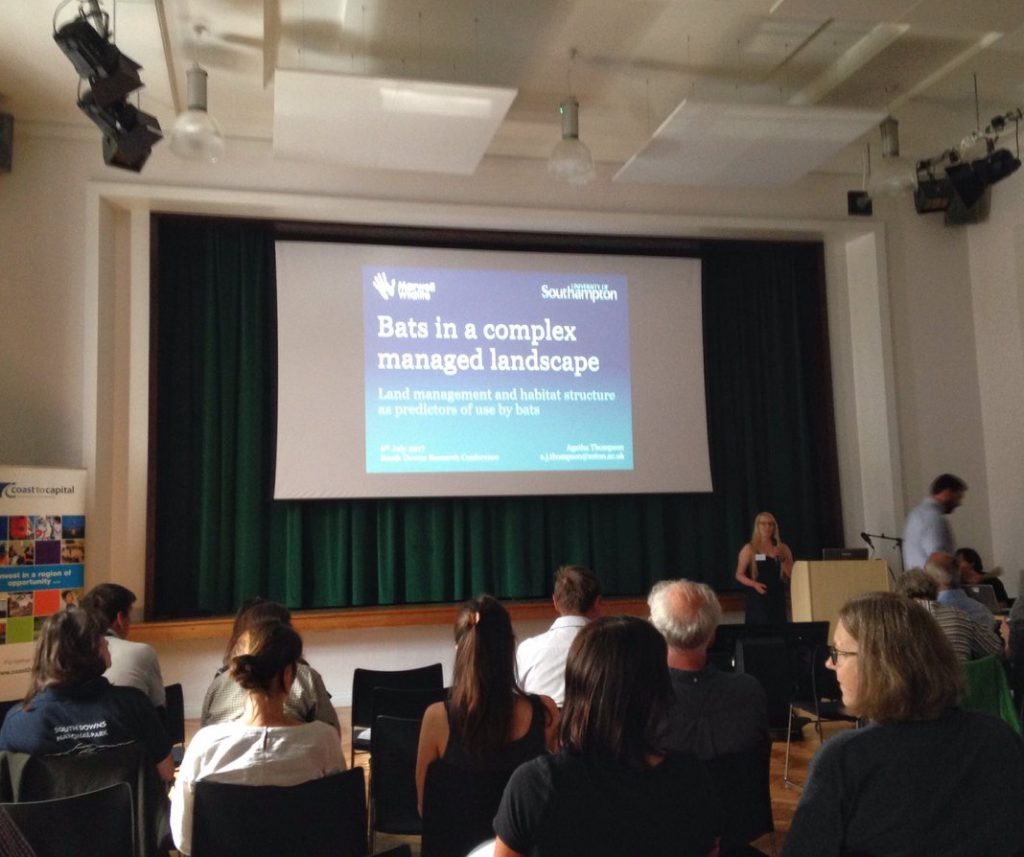What a busy year! The 2016-2017 students have now finished their course, and they would like to share with you how their individual research projects have developed over the past 10 months. In this post: Aggie!
Woodland management, habitat structural features and landscape characteristics as predictors of bat activity
Bats are an important indicator of landscape health and ecosystem function, with UK populations having experienced a severe historical decline alongside the development of urban environments, which has led to habitat degradation, severance of travel routes and reduced food source availability. They also provide an important ecosystem service in the form of insect regulation, both in natural and agricultural landscapes.
My research project looked at a number of predictors of bat activity in the mixed use landscape surrounding Marwell. This landscape presented a rich scale of habitat types, ranging from the woodland managed by Marwell using ecologically sensitive techniques, to the intensively harvested woodland at an agricultural site east of Marwell. This landscape allowed me to assess the impact of woodland management intensity on bat activity, particularly at the species level. I also looked at the impact of internal woodland structural features, land use type and the degree of woodland connectivity on bat activity.
I absolutely loved carrying out the fieldwork, from exploring the sites during the day and setting up the static acoustic equipment, to performing dusk transect surveys, with bats swooping overhead and observing the wealth of nocturnal wildlife inhabiting the Marwell landscape.
Over the three month data collection period I collected many hours of acoustic recordings, with my total bat count hitting 9950! I identified a number of exciting species specific trends from the data, and the results have been disseminated to local managers to provide advice on managing woodland to maximise land suitability for all bat species. I am also hoping to publish the results in the near future.
Studying and working for my MRes degree over the past 12 months has been challenging, but has taught me so much and given me so many valuable skills and experiences for the future. Marwell can’t seem to get rid of me though, as I am now working full time there as a Zoologist in their Conservation Biology team!
Best wishes and good luck to the next group of students, you’ll have a fantastic year!
Aggie
Upcoming posts
Our next post will be from Victoria, who will share her research project experience. Also keep an eye out for an introductory post from our shiny new 2017-2018 cohort!
Posted By : Aggie Thompson


